
- For PC
- For MAC
- For Linux
- OS: Windows 7 SP1/8/10 (64 bit)
- Processor: Dual-Core 2.2 GHz
- Memory: 4GB
- Video Card: DirectX 10.1 level video card: AMD Radeon 77XX / NVIDIA GeForce GTX 660. The minimum supported resolution for the game is 720p.
- Network: Broadband Internet connection
- Hard Drive: 17 GB
- OS: Windows 10/11 (64 bit)
- Processor: Intel Core i5 or Ryzen 5 3600 and better
- Memory: 16 GB and more
- Video Card: DirectX 11 level video card or higher and drivers: Nvidia GeForce 1060 and higher, Radeon RX 570 and higher
- Network: Broadband Internet connection
- Hard Drive: 95 GB
- OS: Mac OS Big Sur 11.0 or newer
- Processor: Core i5, minimum 2.2GHz (Intel Xeon is not supported)
- Memory: 6 GB
- Video Card: Intel Iris Pro 5200 (Mac), or analog from AMD/Nvidia for Mac. Minimum supported resolution for the game is 720p with Metal support.
- Network: Broadband Internet connection
- Hard Drive: 17 GB
- OS: Mac OS Big Sur 11.0 or newer
- Processor: Core i7 (Intel Xeon is not supported)
- Memory: 8 GB
- Video Card: Radeon Vega II or higher with Metal support.
- Network: Broadband Internet connection
- Hard Drive: 95 GB
- OS: Most modern 64bit Linux distributions
- Processor: Dual-Core 2.4 GHz
- Memory: 4 GB
- Video Card: NVIDIA 660 with latest proprietary drivers (not older than 6 months) / similar AMD with latest proprietary drivers (not older than 6 months; the minimum supported resolution for the game is 720p) with Vulkan support.
- Network: Broadband Internet connection
- Hard Drive: 17 GB
- OS: Ubuntu 20.04 64bit
- Processor: Intel Core i7
- Memory: 16 GB
- Video Card: NVIDIA 1060 with latest proprietary drivers (not older than 6 months) / similar AMD (Radeon RX 570) with latest proprietary drivers (not older than 6 months) with Vulkan support.
- Network: Broadband Internet connection
- Hard Drive: 95 GB
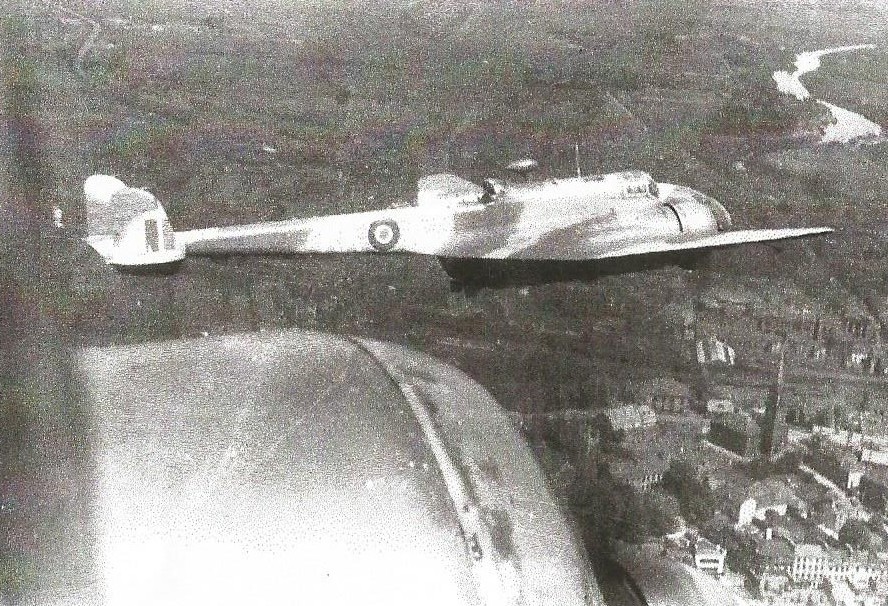
An exclusive interview with a RAF Coastal Command pilot Flight Lieutenant Brian Beattie obtained by our permanent author Mark Barber for the War Thunder official website
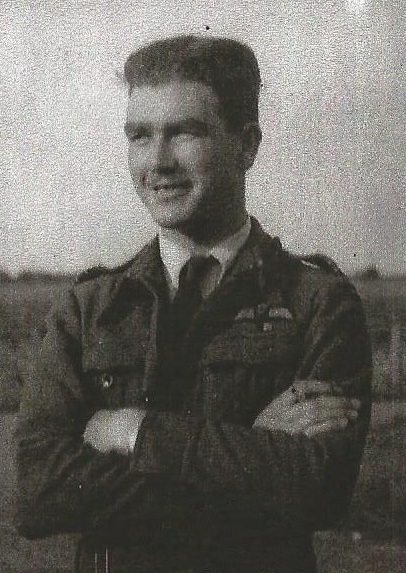 History remembers the Battle of Britain and the Dam Busters Raid as being amongst the most notable achievements of Britain’s Royal Air Force. But whilst the exploits of Fighter Command and Bomber Command have received a great deal of media attention, the equally vital role played by RAF Coastal Command is sadly often neglected. Flight Lieutenant Brian Beattie was one of the men who served in Coastal Command during the branch’s most pivotal years.
History remembers the Battle of Britain and the Dam Busters Raid as being amongst the most notable achievements of Britain’s Royal Air Force. But whilst the exploits of Fighter Command and Bomber Command have received a great deal of media attention, the equally vital role played by RAF Coastal Command is sadly often neglected. Flight Lieutenant Brian Beattie was one of the men who served in Coastal Command during the branch’s most pivotal years.
Born in 1921, Beattie joined the Royal Air Force on July 8th 1940.
From the moment of signing up in the Recruitment Centre, Beattie was in no doubt that he wanted to join the RAF to be a pilot. Fortunately, amidst thousand of volunteers, things seemed to be panning out his way. “I was next sent to No.1 Initial Training Wing for seven weeks,” Beattie recalls, “and from there we were posted off to Elementary Flying Training (EFT), scattered all over the shop. Four of us for some reason were sent to Rhodesia.”
Elementary Flying Training would be the student pilot’s first introduction to the complexities of aviation and, for most, would be the first time of even setting foot inside an aircraft.
“After EFT we then moved on to RAF Kumalo, Bulawayo, to fly Oxfords,” Beattie goes on, “we were now carrying out ITS and ATS which were our Intermediate and Advanced Training Squadrons. ITS was a conversion onto a more complex aircraft type whereas ATS now taught us navigation, bombing and air photography.”
24 members from the course now moved on to 61 Air School, at George, Cape Province in South Africa for the school of general reconnaissance. “This was essentially a navigation course with some ship recognition. We had an inkling at this point that we had been selected for Coastal Command.”
At the end of the three months it was finally time to bid farewell to Africa and return to Britain. Beattie arrived back in Liverpool in summer 1941. After reporting to an Aircrew Reception Centre at Bournemouth the new pilots took another train across the country to St.Eval but were informed that the squadron had left St.Eval three weeks previously.
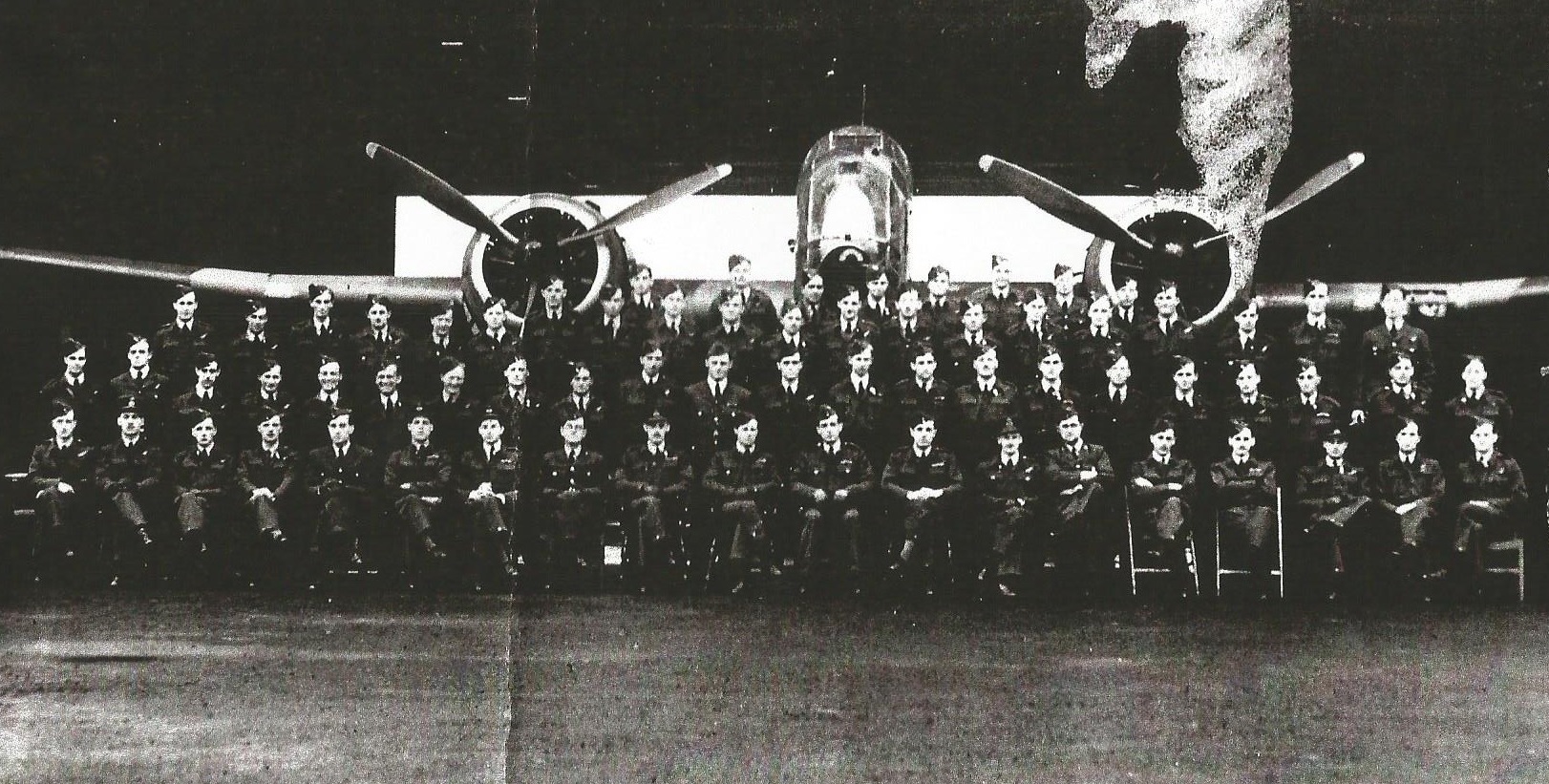 “We then took another train to RAF Bircham Newton in Norfolk. Upon arriving we were a bit disappointed to find out that 53 Squadron were not that happy to see us as we were straight out of training and they were hoping for replacement crews with some experience. We were sent on leave again so I went back to London. After that we reported back to the squadron at Bircham Newton where the three of us were told we were being sent to 489 Squadron.”
“We then took another train to RAF Bircham Newton in Norfolk. Upon arriving we were a bit disappointed to find out that 53 Squadron were not that happy to see us as we were straight out of training and they were hoping for replacement crews with some experience. We were sent on leave again so I went back to London. After that we reported back to the squadron at Bircham Newton where the three of us were told we were being sent to 489 Squadron.”
No.489 Squadron RNZAF was formed in August 1941 as part of the Royal New Zealand Air Force stationed in Britain. Beattie and his two colleagues were amongst the founding members of 489 Squadron at RAF Leuchars on the East coast of Scotland.
“There weren’t many of us to start with,” Beattie says, “we were due to become a Beaufort squadron and No.42 squadron at Leuchars already had Beauforts. We finally got three Beauforts, one with dual controls. Fairly early on, one of the young pilots went out into the North Sea but didn’t come back. He was our first casualty.”
Shortly afterwards the squadron was given another three aircraft, but this did not last long. “We were told that the Beauforts were needed in the Mediterranean, where they were doing a terrific job interfering with Rommel’s supplies in North Africa. So they were all taken away and we were back to no aircraft. However, seemingly overnight we were flooded with Blenheims as other Coastal Command squadrons were reequipping with Beaufighters.”
After returning to their squadron Beattie now moved on to becoming acquainted with the Blenheim.
“We were next told that we were leaving Leuchars to go to Thorney Island. There we were greeted with the sight of new aircraft: Hampdens!”
The news of the change came as something of a surprise to many of 489 Squadron, as Beattie explained, “we were torpedo bombers and were now equipped with a medium level bomber. On one of first Hampden operations with RAF Bomber Command, ten of these were sent to bomb a German port. One came back. A second op was equally disastrous so they decided to use Hampdens only at night. Then, as heavy bombers entered service, the Hampdens were withdrawn from Bomber Command. Therefore, it was decided it would make a very good torpedo bomber! The bomb bay doors actually closed onto the torpedo itself, rather than under it.”
Six aircraft at a time from 489 Squadron were then sent to RAF St.Eval in Cornwall for anti U-boat patrols which extended in range nearly as far as the Spanish coast. “These were very, very lonely! Very exposed!” Beattie recalls, “officially these were training flights but were very much my first operational flights. After this we returned to Thorny Island for low level and formation flying training. On one of these sorties, one of the bods in the other Flight wouldn’t get low enough, got shouted at over the radio by the Flight Commander and then ditched in the sea.”
After a brief period back at Thorney Island, the squadron then moved on to RAF Skitten, a satellite airfield of Wick near John o’Groats at the Northern tip of Scotland.
“We were there primarily to deter the German navy’s capital ships from getting out into the Atlantic to sink our supply ships from the USA,” Beattie explains, “we had to do something to justify our existence, so we flew patrols off the coast of Norway looking for German convoys. Munitions and personnel were being supplied up from Germany, and iron ore from Sweden would be transported back down. A typical sortie would involve setting out from Wick at 500 feet, half way across we would drop down to wave top height and patrol looking for shipping or, if tipped off by the Norwegian underground, we would then be sent out on deliberate strikes. Patrols – codenamed ‘Rover’ missions - would involve a single Hampden; during strikes we would fly out in a Flight of three of four aircraft. We stayed on the deck until we saw target. The torpedo run itself was from 1000 yards, straight and level, pointing in the right direction to lay off for the ship’s speed, rather like skeet shooting. We had no sight for the torpedo so it was done by judgment. When it came to releasing the torpedo, we actually had to climb up to 80 feet to drop the weapon! We carried torpedoes, bombs or depth charges; torpedoes were far the most common, I only used bombs once. We carried depth charges only once over the Bay of Biscay, when we were looking for U-boats.”
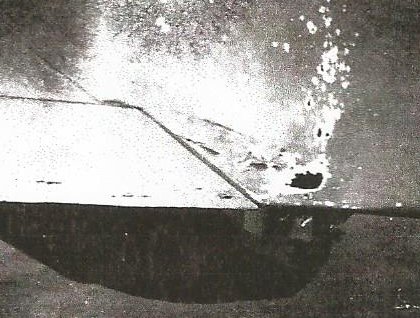 Beattie continues to describe the pace of operations.
Beattie continues to describe the pace of operations.
“In contrast to the bomber boys who might complete 30 trips in 3 or 4 months, things were a little different for us in Coastal Command – we were there in readiness for German battleships; tactically we were self governing but strategically we could be commanded by the Royal Navy. Therefore, in terms of operations, it took some 12 months to fly 30 offensive sorties. My longest individual trip was 7 hours and 25 minutes in May 1942.”
Whilst Rover or Strike missions formed the bulk of 489 Squadron’s work, there were occasions when more specialized missions presented themselves.
“On one occasion the squadron CO led twelve aircraft after news that Scharnhorst and Prinz Eugen were moving for the Atlantic. Group HQ sent a message to us whilst we were on the way giving instructions for the location of the attack. They sent the message to us without using secure radio procedures, so we found out afterwards that the German ships heard everything and turned for home. One of our Flight Commanders stormed up to Group HQ and yelled ‘What bloody fool sent that message out in clear?’ Air Officer Commanding, an Air Vice Marshall, replied ‘I did.’”
Whilst encountering enemy aircraft was fortunately a rarity for the aircrews of 489 Squadron, the tasking was far from being without danger. As well as having the inherent hazards of maritime aviation and weather to deal with, enemy ships were very often escorted by flak ships, or ‘Vorpostenboot’ typically armed with one or two 88mm AA guns and multiple numbers of 20 or 40mm guns. “These armed trawlers were pretty nasty,” Beattie says, “I was once hit by a flak ship – it put a fairly small hole in the aircraft. I kept the bit of shell and metal it punched out.”
The author
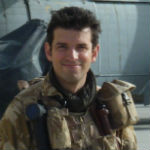 Mark Barber, War Thunder Historical Consultant
Mark Barber, War Thunder Historical Consultant
Mark Barber is a pilot in the British Royal Navy's Fleet Air Arm. His first book was published by Osprey Publishing in 2008; subsequently, he has written several more titles for Osprey and has also published articles for several magazines, including the UK's top selling aviation magazine 'FlyPast'. His main areas of interest are British Naval Aviation in the First and Second World Wars and RAF Fighter Command in the Second World War. He currently works with Gaijin Entertainment as a Historical Consultant, helping to run the Historical Section of the War Thunder forums and heading up the Ace of the Month series.



